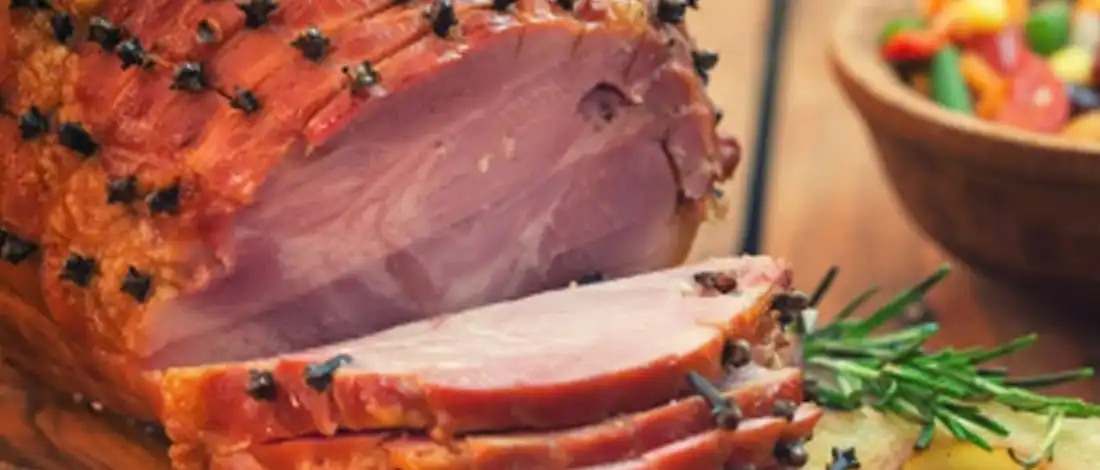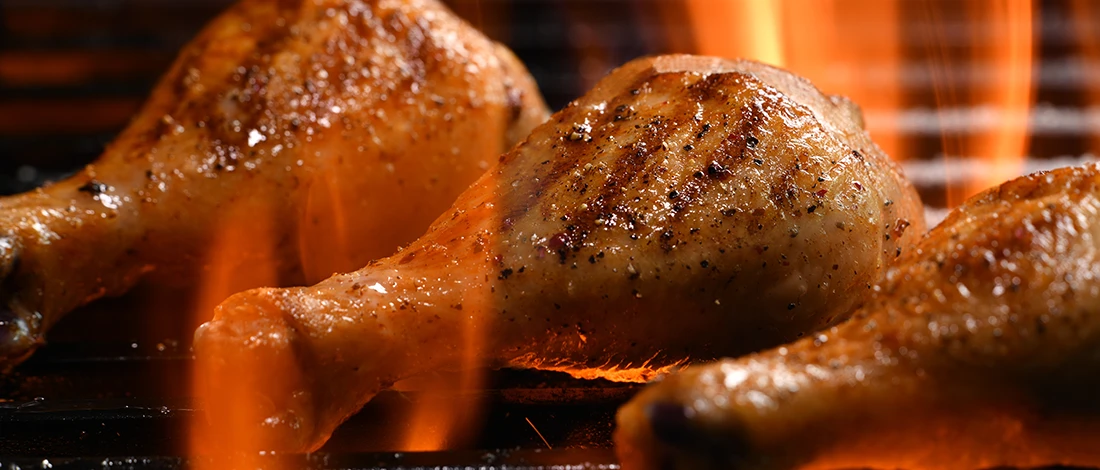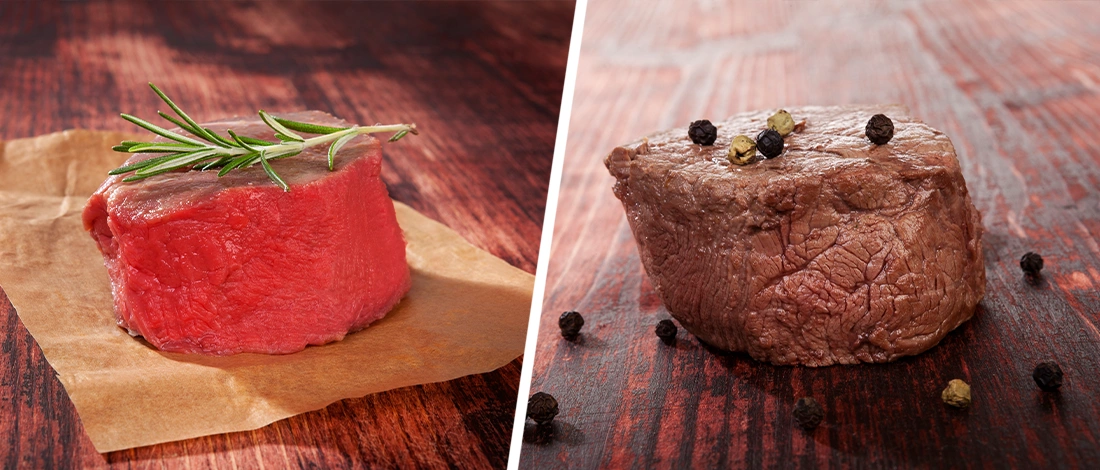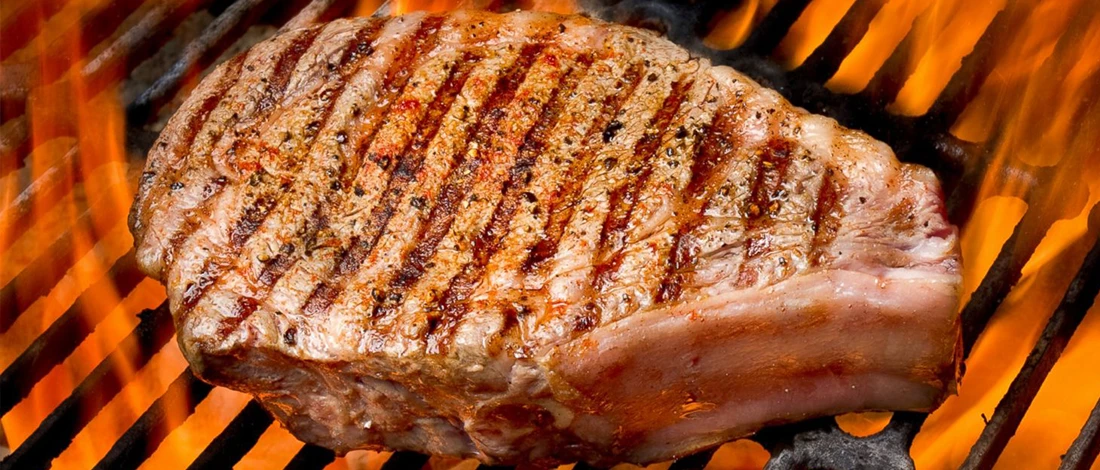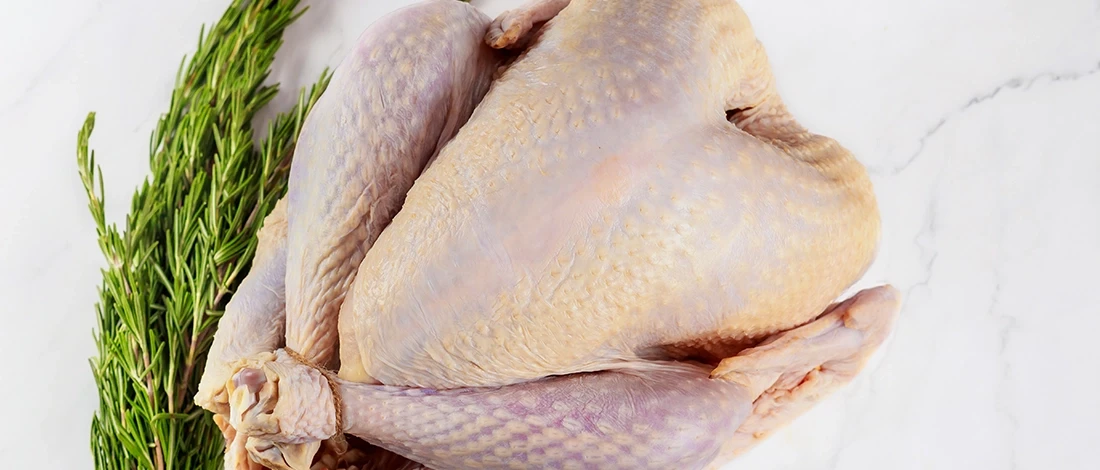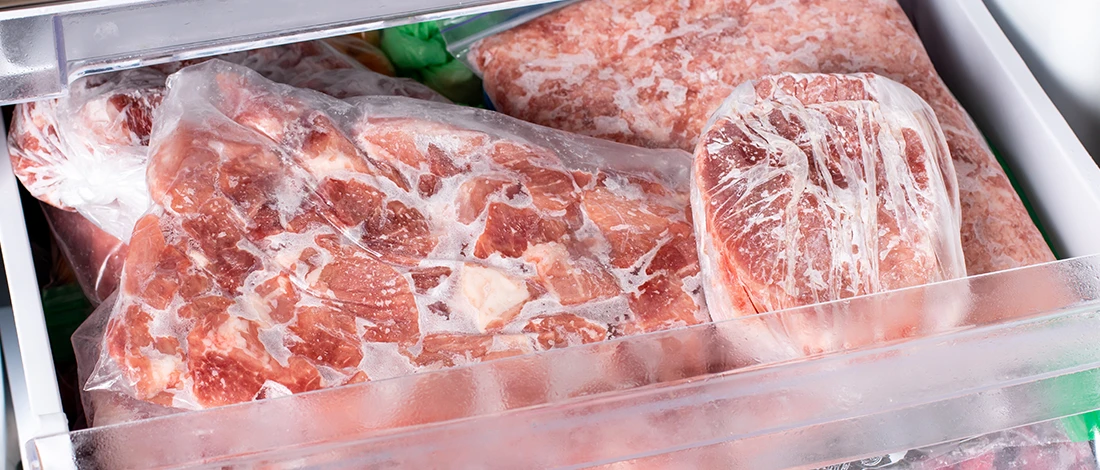As an experienced cook with over a decade spent in the kitchen, I've cooked holiday ham in all sorts of scenarios, from holiday dinners to efficient weeknight meals.
Whether you're looking to save time in the kitchen or want to make sure your leftovers stay perfectly safe and delicious, I will give you a comprehensive guide on how to cook a frozen ham.
Here’s what you need to know.
Quick Summary
- To cook a frozen ham, you can use methods such as oven baking, slow cooker, pressure cooker, or microwave.
- It is faster to cook fully thawed ham than frozen ham.
- Uncooked hams take longer to cook than frozen spiral ham or other fully cooked hams.
4 Ways to Cook a Frozen Ham

A great meal starts with good ham. For the past two years, I’ve been ordering my ham from ButcherBox, a meat delivery service that offers 100% heritage-bred pork from ethical local farms.
Everyone knows the best way to cook frozen meat is to thoroughly thaw it before preparing.
However, several methods work well for baking frozen ham. Be aware that doing so requires 50% extra cooking time.
1. Oven
One of the most common ways to bake a frozen ham is using the oven.
- Preheat your oven to 325°F.
- Remove any plastic wrapping or packaging from the frozen ham, and place the whole ham in a roasting pan with an inch of water inside.
- Cover the ham loosely with aluminum foil, leaving space for air circulation.
- Place the roasting pan with the foil-wrapped ham in the oven and bake according to the following guidelines.
- For uncooked ham: Allow 20-25 minutes per pound for a bone-in ham and 25-30 minutes per pound for a boneless ham. Use a meat thermometer to check the internal temperature, which should reach 145°F for a fresh ham [1].
- For pre-cooked ham or spiral sliced hams: Allow 10-15 minutes per pound, and heat to a temperature of 140°F.
- During the last 15-30 minutes of baking, you can remove the aluminum foil and cover the ham with a glaze made of brown sugar, mustard, butter, and other seasonings for added flavor.
- Once the ham reaches the desired temperature, remove it from the oven and let it rest for 15 minutes before slicing and serving.
2. Pressure Cooker

If you're short on cook time and want to bake a frozen ham quickly, a pressure cooker or instant pot can be a great option.
- Place the frozen ham in the pressure cooker or instant pot, along with any desired seasonings or liquids, such as broth or apple juice.
- Close the lid and set the instant pot to high pressure.
- For uncooked ham, cook the meat in the instant pot for about 10-20 minutes per pound, depending on whether it's a bone-in or boneless ham. Use a meat thermometer to check the temperature, which should be at least 145°F for a fresh ham.
- A fully cooked ham should only take 15-20 minutes to warm to 140°F.
- Once the ham is cooked, release the pressure according to the instant pot instructions and carefully open the lid.
- If desired, you can brush the ham with a glaze and place it under the broiler for a few minutes to caramelize the glaze.
- Let the ham rest for 15 minutes before you slice and serve.
3. Slow Cooker

If you prefer a more hands-off approach, you can bake a frozen ham in a slow cooker or crock pot.
Here's how you can do it:
- Place the frozen ham in the crock pot, along with any desired seasonings or liquids, such as broth, pineapple juice, or brown sugar.
- Cook the ham on low heat for 8-10 hours or on high heat for 4-6 hours, depending on the size and type of ham. Use your meat thermometer to find the temperature of the ham, aiming for a minimum of 145°F for safety.
- The crock pot will gradually thaw and cook the ham, producing flavorful and tender meat. However, it's important to note that cooking a frozen ham in a crock pot may result in longer cooking times than a thawed ham.
- It's essential to monitor the temperature of the ham regularly and adjust the time as needed to ensure that it reaches the safe minimum internal temperature.
- Once the slow-cooked ham reaches the desired temperature, carefully remove it from the crock pot and let it rest for a few minutes before slicing and serving. The juices from the crock pot can be used to make gravy or thick sauce to accompany the ham.
"Set oven temperature to 325 °F. Cook all raw fresh ham and ready-to-eat ham to a minimum internal temperature of 145 °F as measured with a thermometer before removing meat from the heat source."
- U.S. Department of Agriculture
4. Microwave

Here is a list of steps to use a microwave for cooking ham:
- Place the frozen ham on a dish or in a container, allowing enough space for the ham to expand as it thaws and cooks.
- If desired, you can add seasonings or liquids, such as broth, pineapple juice, or brown sugar, to enhance the flavor of the ham.
- Cover the ham with a lid. This will help to prevent moisture loss and keep the ham juicy.
- Set the unit to a low power setting or use the defrost setting, following the microwave's instructions for defrosting meat. This will ensure that the ham thaws evenly without cooking the outer edges.
- Microwave the frozen ham on low power or defrost setting, regularly checking the ham's progress. Rotate the ham if needed to ensure even thawing and heating.
- When the ham is thawed, increase the power to 50% and heat for 10-15 minutes per pound.
- Use a digital thermometer to check the temperature of the ham, aiming for a minimum of 145°F for safety. Check the thickest part of the ham, avoiding any bone if present.
- Once the ham reaches the desired internal temperature, carefully remove it from the device and let it rest for 15 minutes before slicing and serving.
- Discard any leftover juices from the dish or container, or use them to make a delicious sauce to serve with the ham.
Read More: How Can Meat Be Safely Defrosted in the Microwave?
FAQs
How Soon Should You Take a Ham Out of the Freezer?
Take ham out of the freezer 12–24 hours before cooking it for the best results. This will give the meat enough time to thaw gently, allowing for easier cooking and better flavor.
Does Ham Taste the Same After Being Frozen?
Yes, ham tastes the same after being frozen as long as it is stored properly for only a few months. To preserve the quality of your ham, make sure that you freeze it in a vacuum-sealed bag or airtight container.
How Long is Frozen Ham Good For?
Frozen ham is good for three to four months while maintaining optimal taste and texture. However, you can store leftover ham indefinitely in the freezer without causing food poisoning. Freeze any longer than this, and you may get a less tender ham.
References:
- https://www.fsis.usda.gov/food-safety/safe-food-handling-and-preparation/meat/hams-and-food-safety


